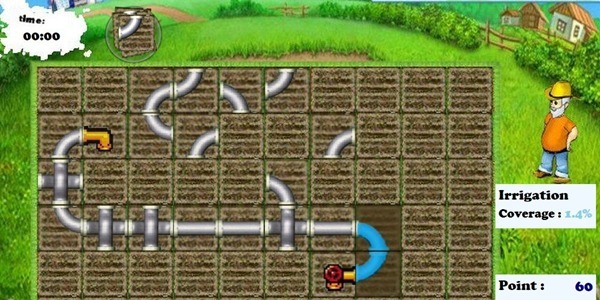Apps and programs for use by everyone from detectives to blood donors to Colombian coffee growers will be on show as the latest group of computing graduates at Dundee University host their degree show this week.
The show gets under way in the Queen Mother Building on the university campus at 4pm on Wednesday.
A host of industry figures will be among those viewing the projects from over 40 graduating students on the BSc Applied Computing course.
“We have a fantastic range of work from the students this year and I am sure everyone who comes along will be extremely impressed,” said Doctor Janet Hughes, dean of the School of Computing.
“It is interesting to see more and more of the students developing applications for the mobile phone and tablet market, which of course is an area which is increasingly commercially important.
But we also have some very strong graduates who have produced innovative work on the more traditional platforms.”
Among the projects on show will be Graham Troup’s data analysis tool for the Colombian coffee market, all developed using Open Source software.
James McLaren’s MyBlood is a mobile phone-based interactive system for blood donors, which includes support for social networks to encourage donations.
The Sherlock software, developed by Qiming Zhang, provides automated assistance in crime detection, while Liam Hall’s Ship Tracker enables the location of ships using Google Maps.
